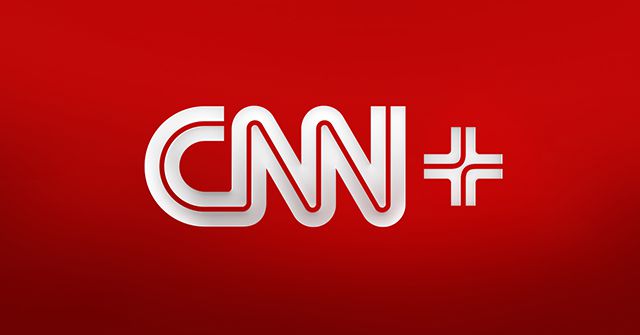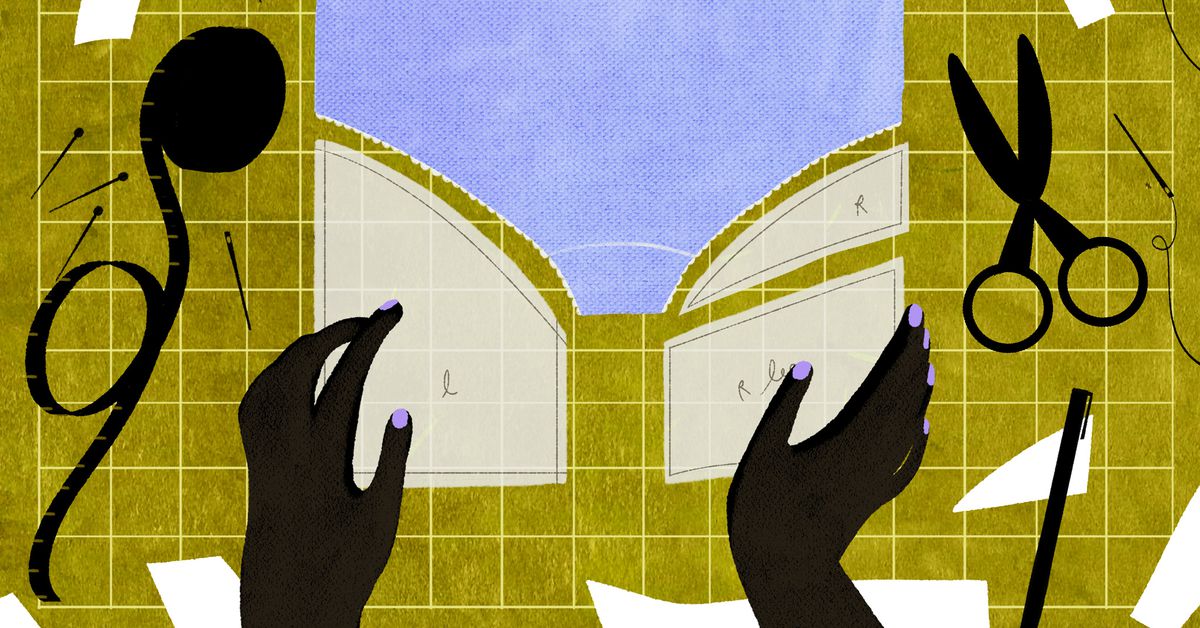Streaming video apps all look the same now
Images: Prime Video/Netflix/Disney/HBO, GIF: Chris Welch / The VergeEarlier this week, Amazon announced a major redesign of Prime Video, and the overwhelming response was “finally.” Prime Video had become a relic frozen in time, with an ugly, laggy interface...

Earlier this week, Amazon announced a major redesign of Prime Video, and the overwhelming response was “finally.” Prime Video had become a relic frozen in time, with an ugly, laggy interface that seemed stuck in 2010. Amazon’s streaming competitors, meanwhile, have routinely switched up and refined the user experience.
And it seems like Prime Video’s designers noticed. Because another thing that stuck out about the app’s makeover is just how closely Amazon’s video service now resembles Netflix. Column of navigation icons on the left side? Check. Top 10 list with big numbers? Yep, it’s there on the home screen. And Prime Video has even added “super carousels” of poster-style artwork that expand to landscape and start auto-playing a trailer when you hover over them — just like Netflix.
Based on the comments on our story and comments I’ve seen across Twitter, Reddit (1, 2, 3), and elsewhere, people don’t seem to mind the similarities. This interface has gradually become the de facto standard across Netflix, Disney Plus, HBO Max, and now Prime Video. And consistency goes a long way here; we’re fundamentally using all of these services to reach the entertainment on each one, and having a samey interface between them should make doing so easier for everyone.
It does pose the risk of confusion, though. You might find yourself mindlessly scrolling through HBO Max or Paramount Plus when you’re trying to find the new Lord of The Rings series on Prime Video.
When companies have attempted to flip the table and reinvent the streaming app user experience, it typically hasn’t gone well. A few years ago, Hulu introduced a completely overhauled design that was lambasted for prioritizing style over usability; instead of showing you as much content as possible, it highlighted one or two items at a time with full-screen artwork and oversized, thin-weight fonts.
In the months and years that followed, Hulu dialed back and reversed a lot of the more drastic changes and ultimately settled on something more familiar. It hasn’t fully given in and adopted left-side navigation like everyone else quite yet, but all the main sections are similar.
:no_upscale()/cdn.vox-cdn.com/uploads/chorus_asset/file/23893522/hulu.jpg) Image: Hulu
Image: Hulu
So we’ve clearly settled on the “right way” to do UX for video streaming apps. But that doesn’t mean all the headaches are solved. In Prime Video’s case, Amazon still lists seasons of TV shows separately. This is a major annoyance for some users, I’ve found, and it’s one that hasn’t changed or improved with the redesign. But the company is at least working to stop displaying multiple versions of the same movie based on video quality. Since the beginning of this year, Amazon has resolved the 4K / HD split for more than half of the Prime Video catalog and is currently making its way through the rest.
A lot of people would also love an option to permanently filter what’s shown in all these content carousels to everything included with their Prime subscription — and nothing else. But that’s not going to help Amazon’s bottom line in regards to subscriptions and rentals / purchases, so don’t count on it. Amazon insists it’ll gather customer feedback and continue evolving the revamped Prime Video. You can’t call it original, but at least it’s inherently more usable than before.

 Konoly
Konoly 































